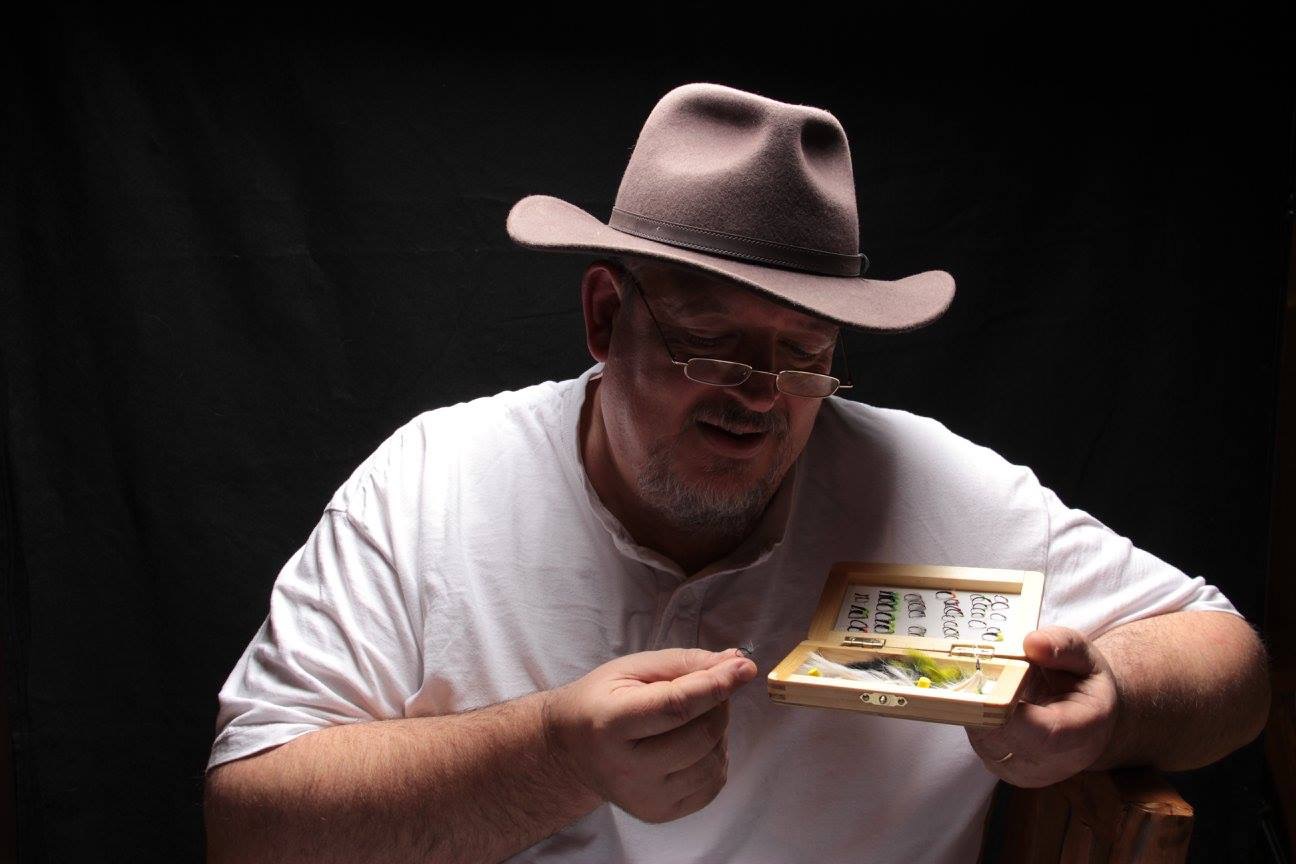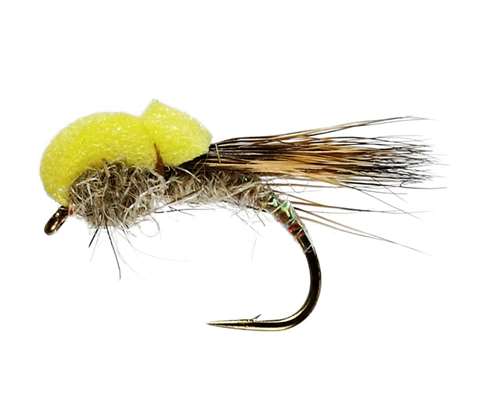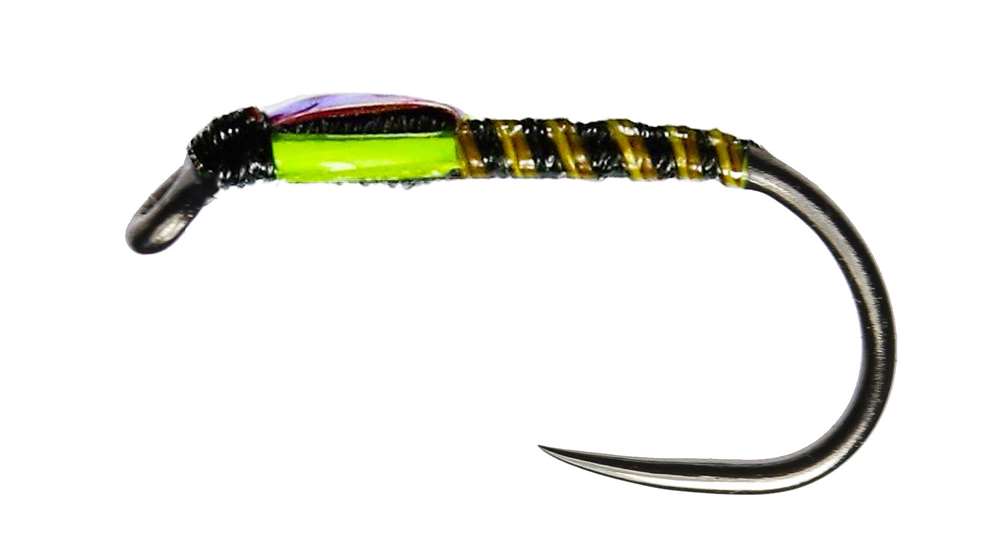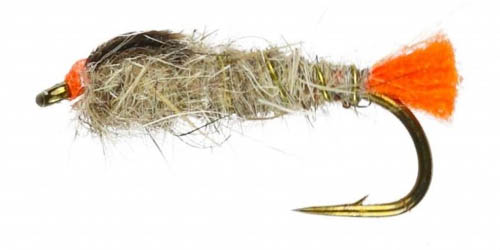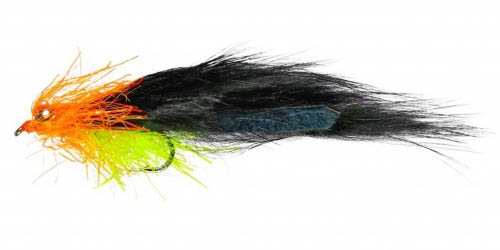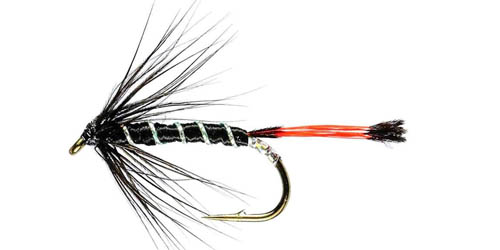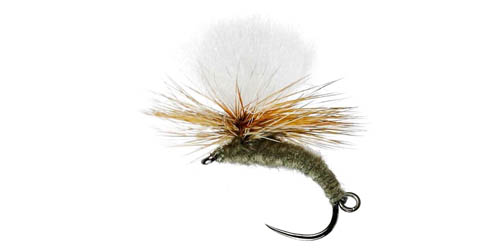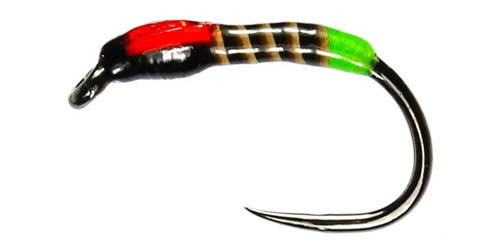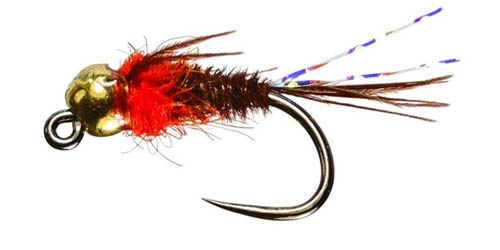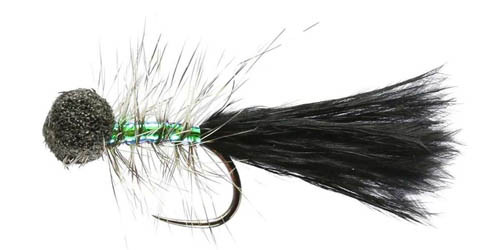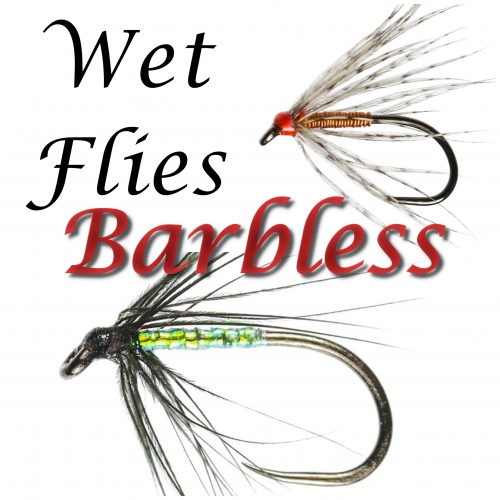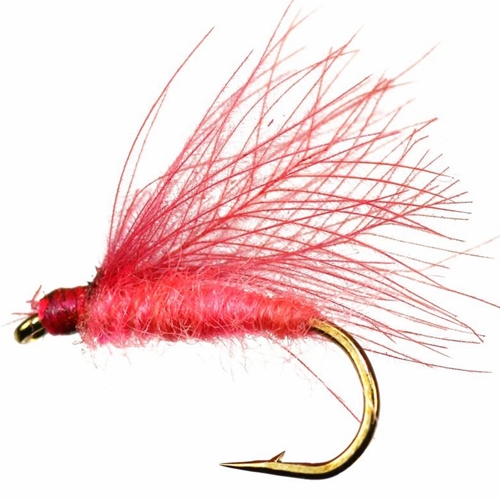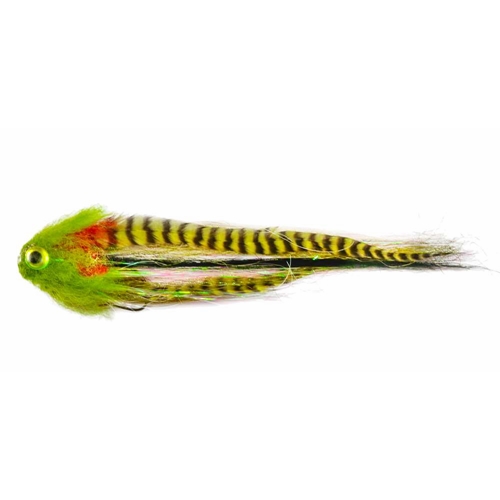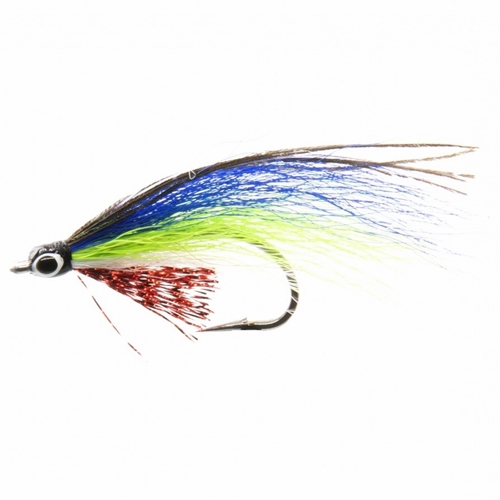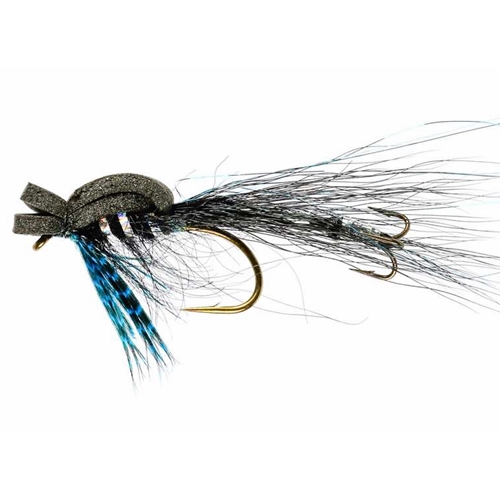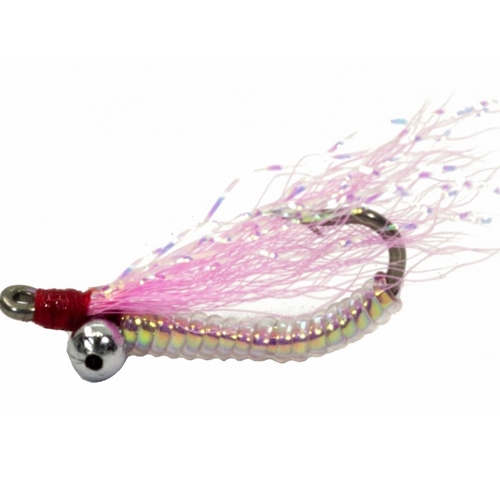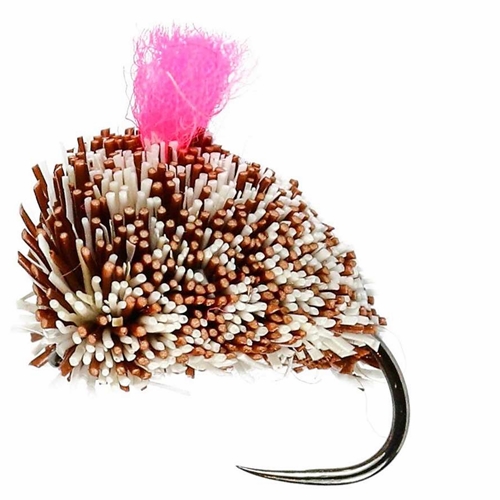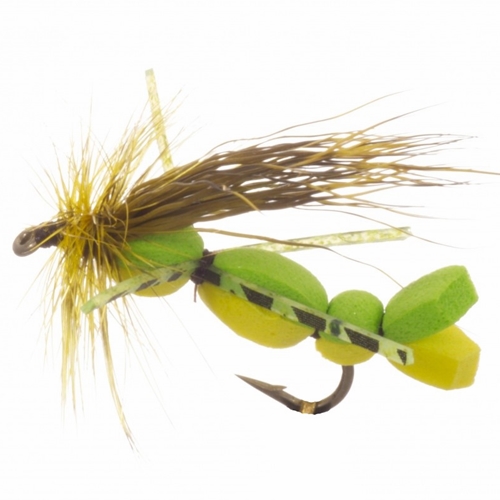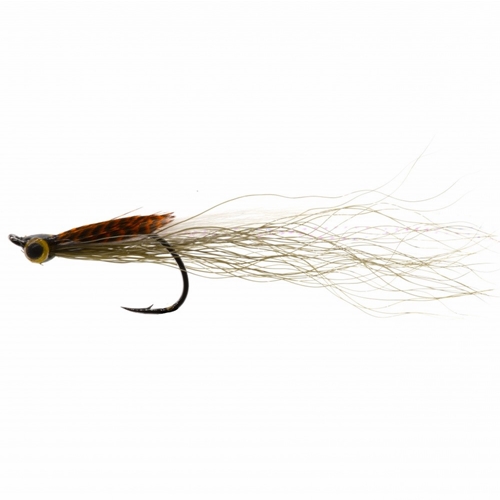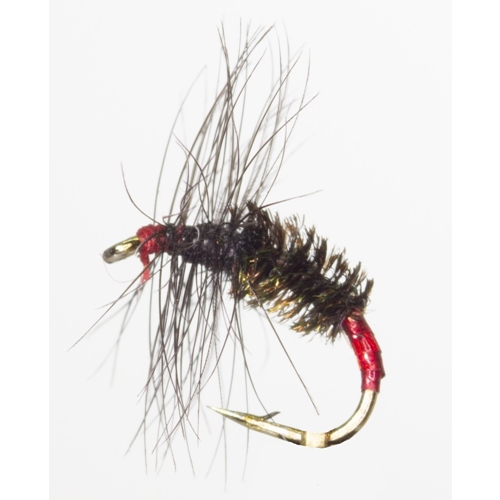Our second installment on dry fly fishing is about fly tying and fly tying materials.
The most common fly tying materials incorporated in dry flies are natural and synthetic dubbing which has the ability to shed or repel water. Stiff dry fly hackle fibres and other feathers with good structural integrity allow a fly to float higher in the water. The fibres also retain significantly less water than the webby fibres more commonly used in nymph fly patterns. In recent years, water repellant synthetic materials have become quite popular. This is due to their light weight and improved ability to shed moisture.
The size and proportion of a dry fly is also matters rather a lot. This is especially the case the fly is offered in still or very clear water. A fly fishing fly must look exactly like the real thing, a fact that has contributed greatly to the proliferation of modern fly designs and uses of material in fly tying and construction.
